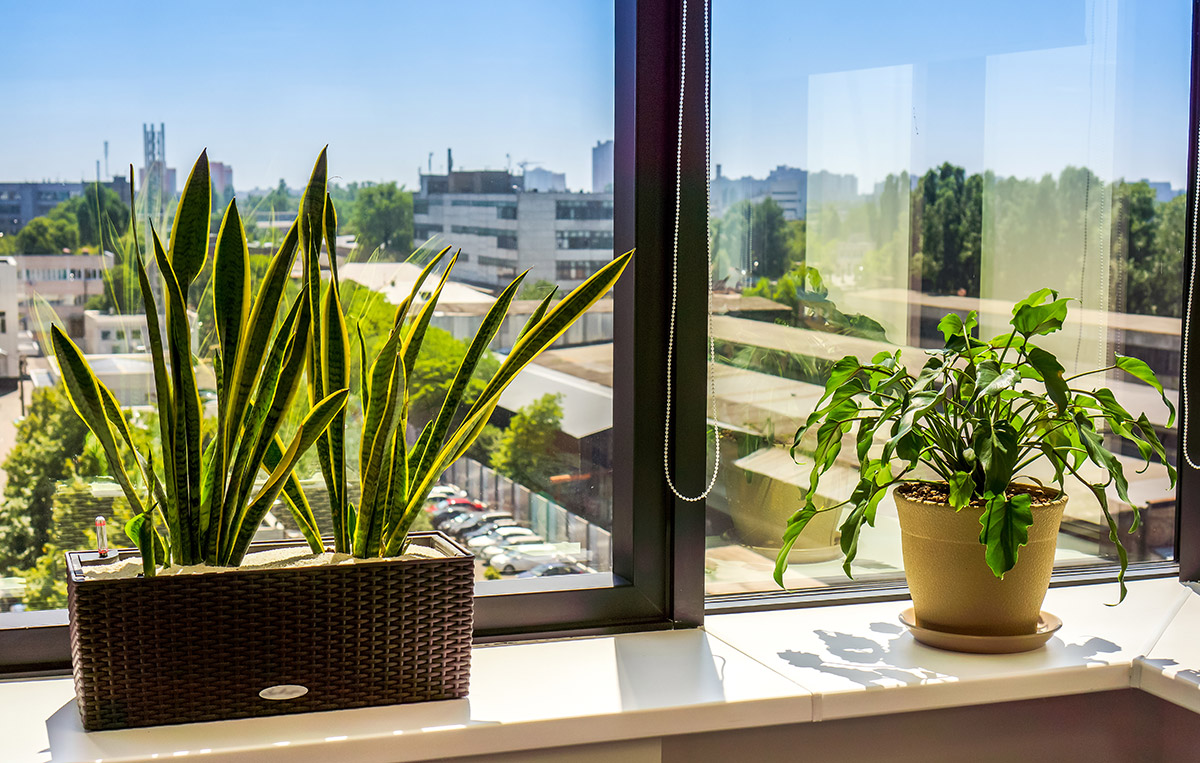If you have recently started receiving text messages from unknown mobile numbers, saying that they have found a video of you online, or that you have missed a parcel, then you are certainly not alone. There has been a new wave of what is known as “Flubot” malware messages being sent to Australian mobile numbers.
I started receiving 1 or 2 of these messages a day and after a bit of investigation, I found that I am certainly not alone. There seems to be a massive distribution to this attack with many people that I have spoken to also receiving the messages. In most instances the message states ‘they’ have discovered a video on the internet of the recipient, or that you missed a parcel. These messages always have a link which the message instructs you to click on.
The link that they are trying to get you to visit contains malware. If you tap/click on the link then it will attempt to infect your device with malware. This malware will usually attempt to access your contact list (for more recipients). They will also try to access sensitive data such as passwords to sites, including banking sites/apps. Some reports say that iPhones appear to be quite well protected and Android phones that have not had ‘sideload’ app stores added appear fairly safe too. However, these attacks are often updated and improved so the best defence is vigilance and not clicking on a link unless you are certain it is safe.
Voicemails too??
I was recently contacted by a friend that is also receiving voicemails advising of a missing parcel. He was then directed to visit a site for collection information. A bit of research confirms that this is a new prong in the recent “Flubot” attack.
What to do if you are infected?
If you believe that your device has been infected then it is best to seek professional IT help. The first step is to attempt to remove the virus using anti malware software. Then, install software to protect from future attacks and then as a precaution, start resetting passwords to your sites and services, but only once the device is clean. If any doubt on whether the malware remains, then a full factory reset may be the best course of action. Solvise can offer advice and services should you require them.

